Best Auto Crypto Trading Bot: Ultimate Guide
Author: Jameson Richman Expert
Published On: 2025-10-28
Prepared by Jameson Richman and our team of experts with over a decade of experience in cryptocurrency and digital asset analysis. Learn more about us.
Summary: This comprehensive guide explains how to find and use the best auto crypto trading bot, covering bot types, selection criteria, setup steps, security, backtesting, and real-world examples. Whether you’re a beginner exploring automated trading or an experienced trader optimizing strategies, this article will provide actionable advice, platform links, and compliance considerations to help you make informed decisions.

Why use an auto crypto trading bot?
Automated crypto trading bots let traders execute strategies faster and more consistently than manual trading. They can run 24/7, remove emotional bias, and execute complex strategies (grid, market making, arbitrage, trend-following) with precision. Bots are useful for liquidity harvesting, dollar-cost averaging, portfolio rebalancing, and scalping micro-moves.
For background on algorithmic trading principles, see the Wikipedia overview of algorithmic trading for foundational concepts.
How auto crypto trading bots work
At a high level, an auto crypto trading bot connects to your exchange account via API keys and uses programmed rules or machine learning models to place orders. Typical components include:
- Data feed: Price ticks, order book, trade history.
- Strategy engine: Signals and logic (TA indicators, order types, risk rules).
- Execution layer: Places/cancels/modifies orders via exchange APIs.
- Risk manager: Position sizing, stop-loss/take-profit rules, rate limits.
- Backtesting & paper trading: Validate strategy with historical and simulated markets.
Automated strategies vary widely: grid bots capture range-bound moves, market-making bots capture spreads, arbitrage bots exploit cross-exchange price differences, and trend-followers ride sustained moves.
Key terms you should know
- API key: Credentials that allow a bot to trade on your behalf.
- Paper trading: Simulated trading using real market data but no real funds.
- Backtesting: Running a strategy against historical data to estimate performance.
- Slippage: Execution price difference between expected and realized fills.
- Position sizing: Amount of capital assigned to a trade; critical for risk control.
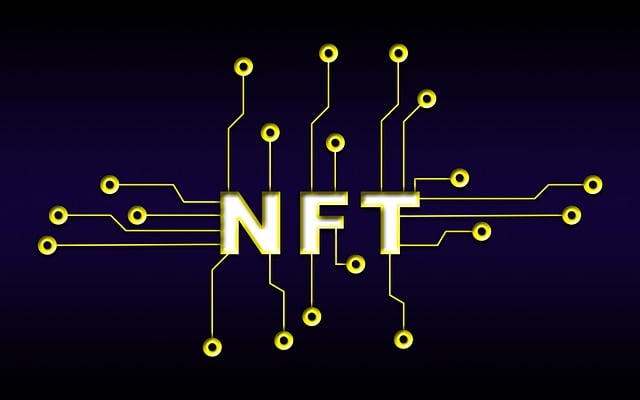
Popular types of auto crypto trading bots
Understanding the bot types helps you match tools to your goals:
Grid bots
Place a series of limit orders above and below a reference price to profit from oscillations. Good for range-bound markets and those wanting a set-and-forget approach.
Market-making bots
Continuously post buy and sell limit orders to capture the spread. Requires low-latency infrastructure and careful inventory/risk controls.
Arbitrage bots
Exploit price differences across exchanges or perpetual/futures vs spot. These require fast execution and access to multiple exchange accounts.
Trend-following bots
Follow signals from moving averages, breakouts, or momentum indicators. Potentially high reward but can produce drawdowns in choppy markets.
Machine-learning and AI bots
Use statistical models or ML to predict short-term price moves. Require data science skills and robust validation to avoid overfitting.
How to choose the best auto crypto trading bot
Choosing the best auto crypto trading bot depends on your goals, technical comfort, budget, and risk tolerance. Consider the following checklist:
- Strategy match: Does the bot support the strategy you want (grid, arbitrage, trend, market-making)?
- Backtesting & paper trading: Are you able to test strategies on historical data and run in demo mode?
- Exchange compatibility: Does the bot support your exchange(s)? Look for Binance, Bybit, Bitget, MEXC and others if relevant.
- Security: Does the bot store API keys securely (encrypted), restrict withdrawal permissions, and offer IP whitelisting?
- Transparency & reputation: Open-source or well-reviewed products reduce trust risk. Look for community feedback and audited code when possible.
- Costs: Monthly fees, commissions, slippage, and spread impact ROI—calculate total trading cost.
- Support & documentation: Good docs, active support channels, and educational content matter—especially when things go wrong.
- Customization & automation level: Can you tweak logic, add custom indicators, and run scheduled tasks?
Exchange compatibility and features
Make sure the bot supports key features your exchange provides (isolated margin, futures, conditional orders). Several top exchanges are commonly used with bots; sign-up links for popular platforms are provided below if you want to test with real accounts:
- Create a Binance account (referral)
- Register on MEXC (referral)
- Sign up at Bitget (referral)
- Join Bybit (referral)
Note: If you plan to use Bybit, check regional restrictions and platform features in your jurisdiction before committing. See a detailed regional analysis here: Where is Bybit restricted in 2025 — in-depth analysis of global cryptocurrency regulations.
Top features to evaluate in practice
- Paper trading & realistic simulation: Simulated slippage and fees.
- Order types: Stop-limit, OCO, trailing stops, conditional triggers.
- Connectivity: Stable API connections, auto-reconnects, and notifications for disconnects.
- Monitoring & alerts: Real-time logs, P&L dashboard, mobile/email alerts.
- Multi-exchange & cross-margin: Useful for arbitrage or portfolio rebalancing.
- Audit logs: Track what the bot did and when, for forensic analysis.

Security best practices when using a trading bot
Security is paramount. Mistakes with API keys or using a malicious bot can result in total loss. Use these safeguards:
- Disable withdrawals: When creating API keys, only enable trading and reading permissions; never enable withdrawals unless absolutely necessary and you understand the risks.
- IP whitelisting: Limit API access to specific IPs or VPN endpoints when supported.
- Use hardware 2FA: Protect exchange accounts with hardware-based two-factor authentication.
- Secure storage: Use encrypted vaults or local encrypted files for API keys, not plain text or cloud notes.
- Limit sizes & add kill-switches: Configure max position sizes and emergency stop conditions.
- Third-party vetting: Only use reputable bots with strong community reviews or open-source code.
Step-by-step: Setting up a bot safely (example)
- Choose an exchange: Decide where you’ll execute trades (e.g., Binance, Bitget, MEXC, Bybit). For Bybit-specific questions about buying or regional use, see: Can you buy Bitcoin on Bybit — guide.
- Create exchange accounts: Complete KYC if required. Use the exchange referral links above if you want starter benefits.
- Create API keys: On your exchange, create API keys with trading and read permissions only. Disable withdrawal permission.
- Configure bot: Enter API keys into the bot. Set IP whitelisting or local connection options if available.
- Paper trade first: Run the bot on paper trading for several market conditions, validate P&L, slippage, and error handling.
- Backtest: Use multi-year historical data to test your strategy’s robustness, checking drawdowns, win rate, and profit factor.
- Start small: Deploy with small allocation and increase only after satisfactory live results and monitoring.
- Monitor & iterate: Check performance daily, adjust parameters conservatively, and maintain logs for review.
Backtesting and avoiding overfitting
Backtesting can mislead if overfit to historical noise. Use these practices:
- Out-of-sample testing: Reserve recent unseen data for validation.
- Walk-forward analysis: Reoptimize on rolling windows and test forward.
- Use robust metrics: Focus on drawdown, Sharpe ratio, profit factor, and expectancy.
- Stress test: Simulate high volatility, exchange outages, and extreme slippage scenarios.
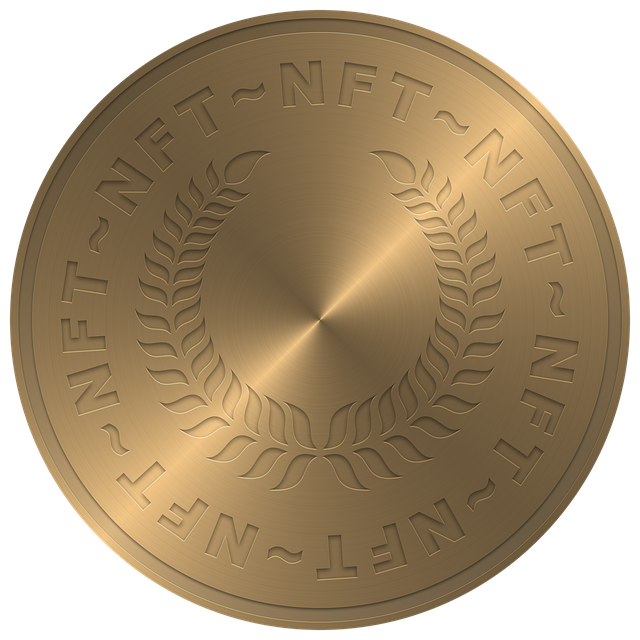
Common pitfalls and how to avoid them
- Ignoring fees: High-frequency strategies can be wiped out by taker fees. Choose fee-efficient exchanges or maker-focused strategies.
- Poor risk controls: No stops or unlimited position sizing lead to catastrophic losses.
- Neglecting monitoring: Bots can fail silently—use alerts and maintain daily checks.
- Using unvetted providers: Avoid giving full account controls to unknown services. Prefer read/trade-only APIs without withdrawal rights.
- Legal/regulatory surprises: Know whether your exchange and bot use is compliant in your jurisdiction—see regional restrictions and guidance for platforms such as Bybit in this analysis: Where is Bybit restricted in 2025.
Choosing between open-source and commercial bots
Open-source bots (e.g., some GitHub projects) offer transparency and auditability. Commercial bots provide polished UX, managed infrastructure, and support. Consider:
- Trust: Open-source lets you read the code; commercial bots require trusting the provider.
- Support & maintenance: Paid services usually update for API changes and offer customer support.
- Features: Paid platforms often include pre-built strategies, marketplace signals, and mobile apps.
Real-world example: Using TradingView signals with a bot
Many traders design strategies in TradingView then pipe signals to bots. If you want to know whether you can trade from the TradingView app directly or use its signals for automated trading, read this analysis: Can you trade from TradingView app — in-depth analysis. Typical flow:
- Develop and backtest your strategy on TradingView using Pine Script.
- Publish alerts that output JSON payloads or webhook triggers.
- Set up your bot or middleware to receive webhooks and convert alerts into API orders.
- Run paper trading until confident, then move to live trading with conservative sizes.

Costs and expected returns — realistic view
Automated trading is not a guaranteed profit machine. Costs reduce returns: exchange fees, bot subscription fees, slippage, funding rates for perpetuals, and potential taxes. A realistic approach includes:
- Projecting net returns after fees and realistic slippage models.
- Running sensitivity analyses (e.g., how performance changes with +0.5% slippage).
- Including contingency capital for unexpected drawdowns.
For tax obligations on crypto trading (including automated trading), consult authoritative resources like the IRS guidance on virtual currencies or your local tax authority’s website.
Using Bybit and spending crypto
If you use Bybit for automated strategies, you may also wonder about post-trade use cases like buying assets or using a card to make purchases. For example, questions about buying Bitcoin on Bybit and using a Bybit card on platforms like AliExpress have been analyzed in detail here:
- Can you buy Bitcoin on Bybit — in-depth guide
- Does Bybit Card work on AliExpress — compatibility analysis
These resources can help you understand deposit routes, fiat on-ramps, and card acceptance when converting trading profits to spendable currency.
Monitoring and maintenance — automation isn’t “set and forget”
Even with automation, active maintenance is required:
- Update API keys and bot versions regularly.
- Monitor exchange announcements (API deprecations, margin changes, maintenance windows).
- Check telemetry for anomalies (increased error rates, missed trades, latency spikes).
- Re-evaluate strategies after market regime shifts (e.g., bull-to-bear transitions).
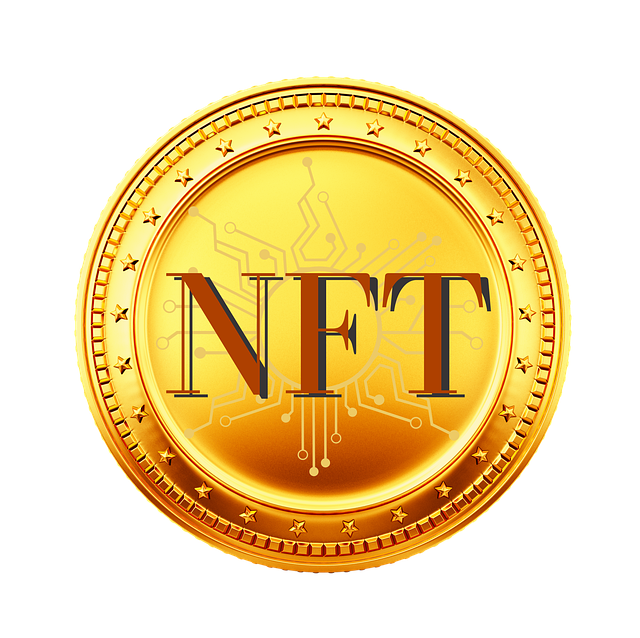
Legal and regulatory considerations
Automated trading can have regulatory implications depending on region and strategy (market-making or high-frequency trading may have additional oversight). Always:
- Confirm the exchange’s terms of service and whether the activity is allowed in your country.
- Check for licensing requirements if you run bots for clients or provide signals for fees.
- Keep accurate records for tax audits and reporting.
For up-to-date regulatory context and country restrictions on platforms, use reputable government or regulatory sites and specialist analyses such as those linked earlier for Bybit. The Financial Conduct Authority (FCA) and the U.S. Securities and Exchange Commission (SEC) provide guidance about crypto rules in their jurisdictions.
Bot performance metrics to monitor
When evaluating or running a bot, track these KPIs:
- Net profit & loss (P&L)
- Max drawdown — largest peak-to-trough loss
- Win rate and average win/loss
- Sharpe ratio or risk-adjusted returns
- Average trade duration — helps infer capital efficiency
- Trades per day — cost sensitivity to fees
How to detect a scam bot
Red flags for scams:
- No verifiable audit or open-source code.
- Over-hyped guaranteed returns or unrealistic backtest claims.
- Mandatory withdrawal permissions or requests for private keys.
- Poor customer support and fake testimonials.
Always test any bot with minimal capital and in paper mode before scaling up.
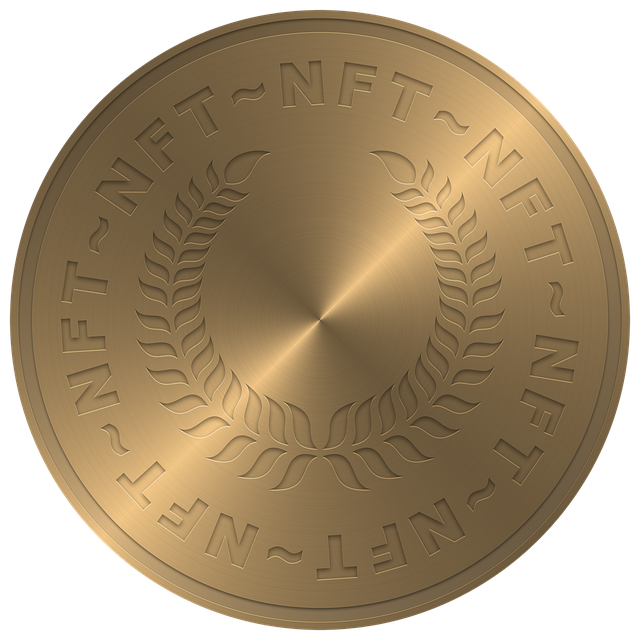
Example bot setups for different trader profiles
Conservative investor (passive income)
- Bot type: Grid or DCA (dollar-cost averaging)
- Objective: Reduce volatility, accumulate BTC/ETH over time
- Risk controls: Max allocation 2–5% per pair, daily P&L checks
Active trader (short-term alpha)
- Bot type: Trend-following + trailing stop, or market making for narrow spreads
- Objective: Capture intraday moves
- Risk controls: Tight stop losses, small position sizes, high monitoring frequency
Arbitrage operator
- Bot type: Cross-exchange arbitrage
- Objective: Capture price differentials across exchanges
- Infra: Multiple exchange accounts (e.g., Binance, MEXC, Bitget, Bybit) and fast transfer liquidity
Sign up links for exchanges commonly used by arbitrage and bot traders: Binance, MEXC, Bitget and Bybit (links earlier in the article).
Further learning resources
- Automated trading — Wikipedia
- Cryptocurrency — Wikipedia
- Tax and reporting: your local tax authority or the IRS guidance on virtual currencies if you’re a U.S. taxpayer
- Platform analyses: See the analyses linked throughout this guide for practical platform-specific questions and regional restrictions.
Checklist: Choosing and launching the best auto crypto trading bot
- Define objectives (income, growth, hedging).
- Pick strategy type (grid, market-making, trend, arbitrage).
- Confirm exchange support and fees; create accounts if needed.
- Vet the bot provider: reviews, open-source, audits.
- Set up API keys with trade-only permissions and IP restrictions.
- Backtest thoroughly with realistic slippage & fee modelling.
- Run paper trading for at least one market cycle.
- Start live with small capital and monitor closely.
- Scale only after consistent, validated results and robust monitoring.
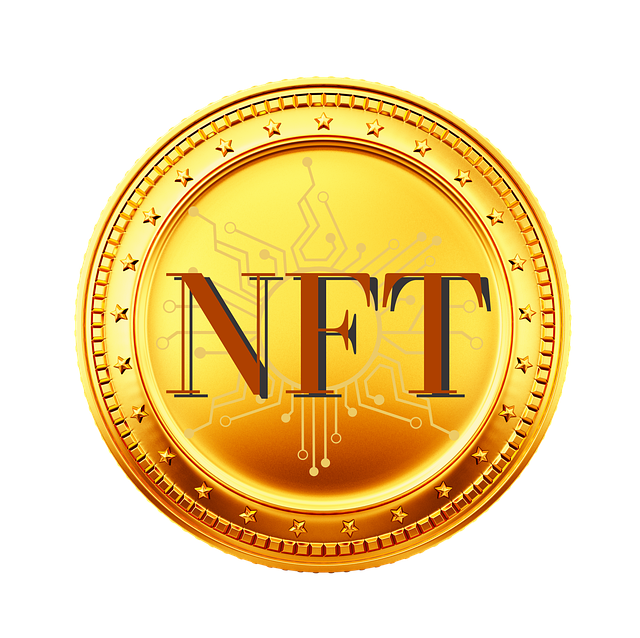
Conclusion
The best auto crypto trading bot depends on your goals, technical skills, and appetite for risk. There is no single universal winner; rather, the optimal choice aligns strategy support, security, testing capability, and exchange compatibility. Prioritize secure API practices, conservative position sizing, thorough backtesting, and continuous monitoring. Use the resources and links in this guide to research exchanges (including Bybit restrictions and buying guides), integrate signals from TradingView, and explore card/spending options responsibly.
If you’re ready to experiment, open accounts on reputable exchanges and begin with paper trading while using tight risk parameters. For quick sign-ups to start testing, use these links to popular exchanges: Binance registration, MEXC registration, Bitget sign-up, and Bybit referral.
Remember: automation amplifies both strengths and mistakes. Use disciplined risk management and ongoing education to maximize your long-term chances of success.